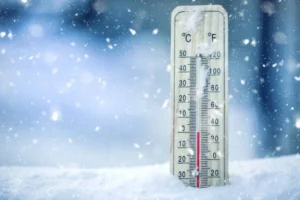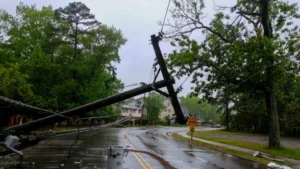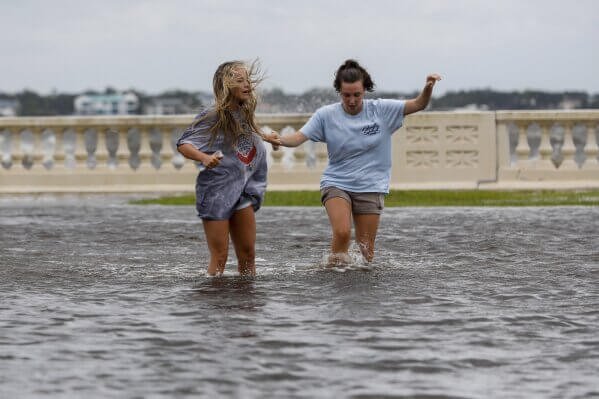Hurricane Helene forced a mandatory evacuation in Florida due to its potential to cause destruction in the Gulf of Mexico. At 11 p.m., Hurricane Helene will hit Florida near Big Bend after disrupting Mexican life. The National Hurricane Center (NHC) classifies the storm as Category 4, “extremely dangerous,” with 130 mph sustained winds.
The powerful winds and flooding from Hurricane Helene have tragically resulted in the loss of life. On Thursday night near Tampa, a sign fell onto a person’s car, resulting in an instant fatality. Furthermore, storm surges can lead to catastrophic destruction, and the National Hurricane Center cautions that all residents along the Big Bend shoreline are at risk. Experts warn that surge levels might reach 15–20 feet (4.5–6 meters), endangering anyone living in or near a second-story building.
National Hurricane Center director Mike Brennan warned Helene’s course that the storm’s waves may quickly raise water levels, wash away cars, and destroy homes. Hurricanes produce extreme rain, flood highways, interrupt airports and schools, and cut electricity to 698,700 homes and businesses due to storm surges. Florida has proclaimed a state of emergency. While trying to evacuate 832,000 Big Bend residents to Tallahassee shelters, officials strive to get them to safety.
No state is immune to the hurricane’s wrath. State of emergency declarations in North and South Carolina, Virginia, and Alabama affect almost 55 million Southeastern Americans. The National Hurricane Center warns of significant flooding, fallen trees, and power outages across a wide area of the Southeast. According to experts, more than a century has passed since the southern Appalachians had landslides and flooding of this magnitude. According to hurricane scientist Phil Klotzbach, Hurricane Helene was the fourth most significant Gulf storm since 1988. The storm made landfall in Florida.









